
Cape Point Activities
Deep Blue Diving
From the people who brought you Air Jaws (those leaping great whites of False Bay), you can now have an amazing open-ocean diving experience in the fishing grounds off Cape Point. The boat trip takes you about 30 nautical miles south of the point, into the wild, looking for the tuna boats that signal where the big fish are.
This is one of the only places you can be sure to see pelagic (open-ocean) species like makos and blue sharks, as well as massive yellow-fin tuna. All diving is done using snorkels, out in the open water, with specially trained dive guides. Diving never got more pumped than this.
Blue Sharks at Cape Point.
Rooikrans Yellowfish-Fishing
A fisher looks for various things: a quiet, overgrown backwater of a lazy river, or a deeper pool in a fast one. Shore anglers look for a reef that attracts bigger things. There are places - especially on the Wild Coast - where the steep shoreline drops off into deeper water and game fish come within reach of a shore-cast lure.
In summer, when the yellowtail are running in the Cape, fishers head for Rooikrans in the Cape Point section of the Table Mountain National Park. Once hooked, these fighters dive in search of some obstacle on which to sever the line: catching yellowtail from the shore is one of the most thrilling fights you'll ever experience. Local tip: use a snake spinner.
Beyond Cape Point Tuna-Fishing
You need a boat for this one, or hire a fishing tour operator to take you to the tuna-fishing grounds. Exactly where you go depends on where the warm Agulhas Current is flowing - usually around 20 nautical miles south of the Point.
The tuna are big, averaging 50-70 kg but getting as big as 120 kg. They are shaped like torpedoes and have extremely long fins, red muscle tissue and the ability to run hard and fast in deep water. They hunt pelagic prey such as smaller game fish and squid, and to see a feeding shoal on the move is a tumultuous spectacle. If you hook one, best you had a good breakfast and are ready for a long duel.
Eastern and Western Side
Cape Point walking trails and beach views.
The Cape known as Good Hope is not the same as the one known as Cape Point; Good Hope is the more westerly of the two. Although there's an official two-day trail starting and finishing at the park's gate, day visitors can walk any part of the reserve. The western side is best for beach walking, while the eastern side, that of False Bay, is more rugged has many popular surfing and diving spots. From the parking area at Venus Pools you can scale Kanonkop and see the old signal cannons. Paulsberg is slightly higher at 367 m, but offers a somewhat shorter walk. The views, the wildflowers and the birds (Cape sugarbirds, Cape siskins, and malachite) are a treat.
Bountiful Flora
The south-western tip of Africa is a sublime spot with towering cliffs and pounding waves. The craggy Cape Point sits at the southern end of the Table Mountain National Park, filled with wildlife and endemic flora. Take your bathing gear and dip in the icy water at one of the reserve’s lovely beaches. (Beware of baboons stealing your picnic lunch.)
By David Bristow
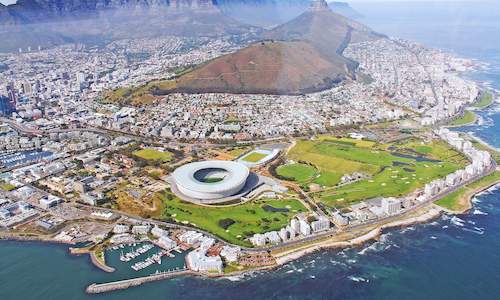
If you have only a day or two in Cape Town on your South African holiday, this self-drive route around the Cape to Cape Point covers the gre...
more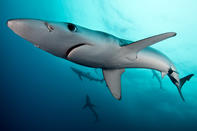
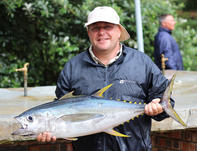
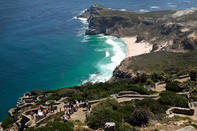
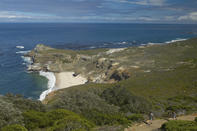
 If you have only a day or two in Cape Town on your South African holiday, this self-drive route around the Cape to Cape Point covers the gre...
If you have only a day or two in Cape Town on your South African holiday, this self-drive route around the Cape to Cape Point covers the gre...